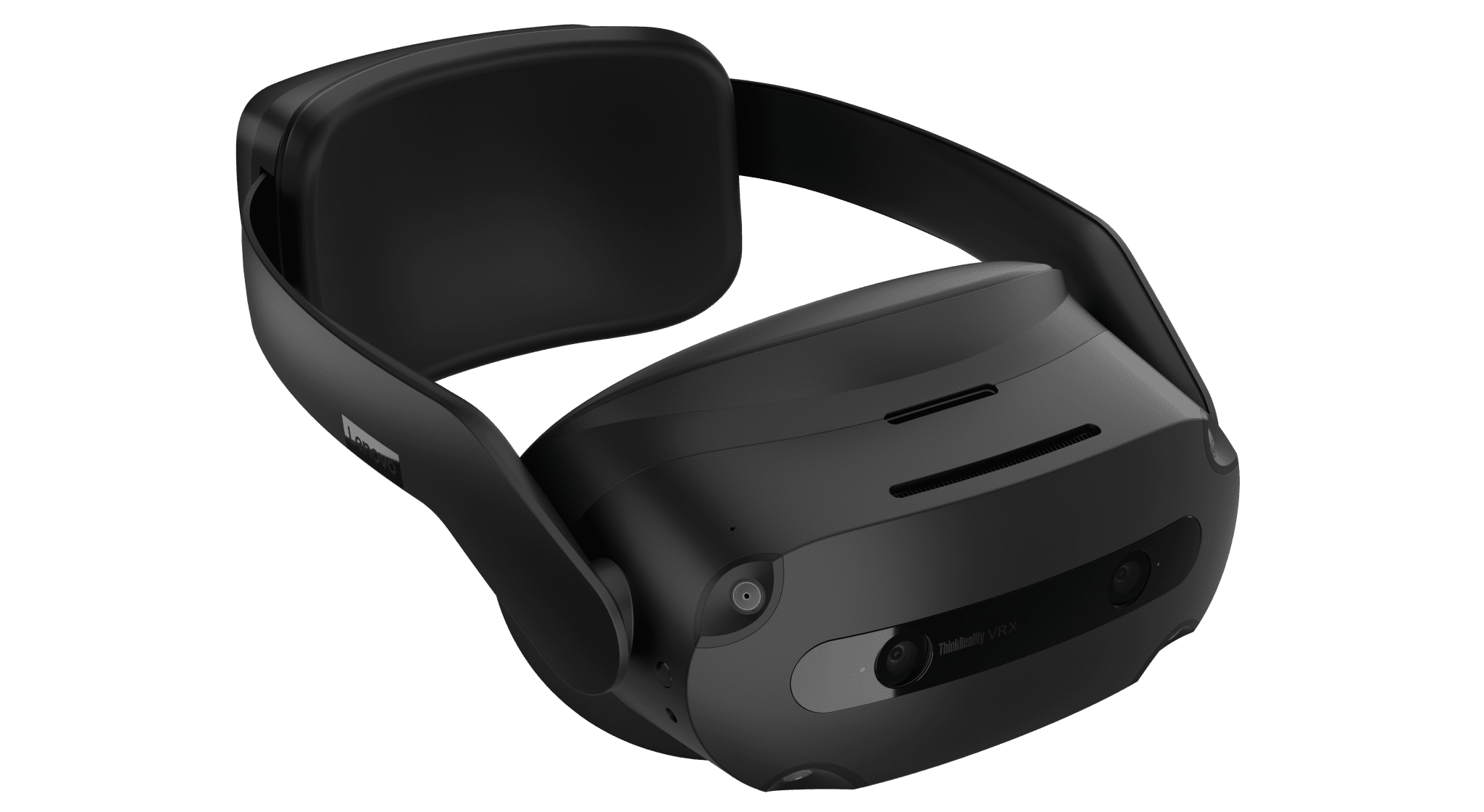The big picture: While many in the gadget business love to talk about the technical advancements hidden inside their devices, truth is, nothing makes the same degree of impact as an obvious change in the physical design, or form factor, of the device. The debut of foldable smartphones like the Samsung Galaxy Fold or Motorola's updated Razr, for example, continue to drive the kind of surprise and delight among customers and potential buyers that many companies would love to have.

Advanced new processors, additional connectivity ports, enhanced cameras and other internal improvements are clearly important as well, but in an era when so many products are starting to look the same, an intriguing new design of a popular device is bound to get a lot of attention. Thus it's not a big surprise that the unveiling of both a Lenovo-branded notebook PC design and a Motorola branded smartphone with extendable displays at last week's Lenovo Tech World 2022 event got a great deal of coverage.
Both of the devices are based on flexible OLED display technology that uses a rollable design, allowing the screens to expand to a larger size at the push of a button.
Both devices were clearly labelled as conceptual designs with no firm release date, but they offered an intriguing glimpse at new ways to think differently about some of our most common gadgets. In their own way, each design tackled the nearly universal desire for larger screen sizes without the equally universal concern of not having to carry large devices, making them instantly appealing.
Unfortunately, given the state of rollable display technology manufacturing and the physical demands that consumer-level devices would face, it's likely going to be several years before we see commercial implementations of this technology in these types of devices. (LG has introduced a rollable OLED screen-based TV, but it took many years to finally get to market and currently costs about $40,000.)
Still, it's great to see Lenovo pushing the limits of what's possible and it's yet another example of the company's long history in driving innovations in physical design. Lenovo's original Yoga series of notebooks, for example, was the first example of a 360-degree foldable hinge design for PCs that's since gone on to become commonplace. The company is also on its second-generation foldable PC design with the latest iteration of the ThinkPad X1 Fold, as well as the second version of its foldable Motorola Razr smartphone. In all cases, they are interesting examples of the strong focus that the company has had on form factors.
Remember that Lenovo purchased the IBM PC business back in 2005 and the innovation-driven culture that led to the development of the ThinkPad notebook PC — which recently celebrated its 30th anniversary and is arguably the archetype of modern laptop designs — clearly continued as Lenovo took over the reins. Of course, not all innovative designs prove to be marketplace successes and Lenovo, like all the other major PC vendors, has had some interesting concepts that didn't get much acceptance. There's no doubt, however, that when it comes to fascinating new possibilities or intriguing new form factor innovations for PCs, Lenovo is likely the first company to try them. In many cases, that means they're also the first company to bring them to the mainstream.
That same spirit of experimentation and new thinking is starting to reach into other product categories as well, as Lenovo has been putting a great deal of focus recently on XR (eXtended Reality) headsets and other metaverse-related developments. Last year the company debuted their ThinkReality A3 AR (Augmented Reality) glasses and last month they were one of the first companies to debut an advanced enterprise-focused VR (Virtual Reality) headset, the ThinkReality VRX, that offers a color video passthrough capability. This allows the device to switch from a full VR mode to an AR-like Mixed Reality (MR) experience where digitally created content can be overlaid onto the real-world view offered by two high-resolution cameras at the front of the headset.
While both headsets feature similarities to existing devices, they also integrate some unique hardware to help them stand out. In the case of the A3, Lenovo chose to go with a tethered design that requires a wired attachment to either certain models of GPU-equipped Lenovo PCs or certain Motorola smartphones. While that the means the device can't function on its own, it does shrink the design down to a much slimmer, more eyeglass-style design than devices such as Microsoft's HoloLens 2.
Lenovo's VRX shares some similarities with the recently released Meta Quest Pro (though Meta Quest Pro debuted after the Lenovo VRX). Both devices are based around Qualcomm's latest Snapdragon XR Gen2+ chipset and feature the latest pancake optics for a wider field of view. Lenovo's new headset can function on its own or be tethered to a PC for a higher-quality experience. In fact, Lenovo has partnered with Nvidia for cloud-based, GPU-powered experiences via Nvidia CloudXR.
The Lenovo device is also the first VR-capable headset that's capable of working with Qualcomm's Snapdragon Spaces, a software development environment that was initially created to build content for AR headsets. By equipping the VRX with the hardware (and software) necessary to support Snapdragon Spaces, Lenovo is again reflecting their desire to bring new types of functionality to existing product categories.
As with all device makers, Lenovo continues to drive important advancements with its technology partners to the inside of its devices. In addition, it's working on important new software tools, services and development environments for many of them, including the multi-vendor Engage XR effort for its headsets. However, the company's focus on form factor innovations gives it a unique opportunity as the world looks for more unique and differentiated designs.
https://www.techspot.com/news/96441-lenovo-drives-form-factor-innovations-pcs-extended-reality.html
